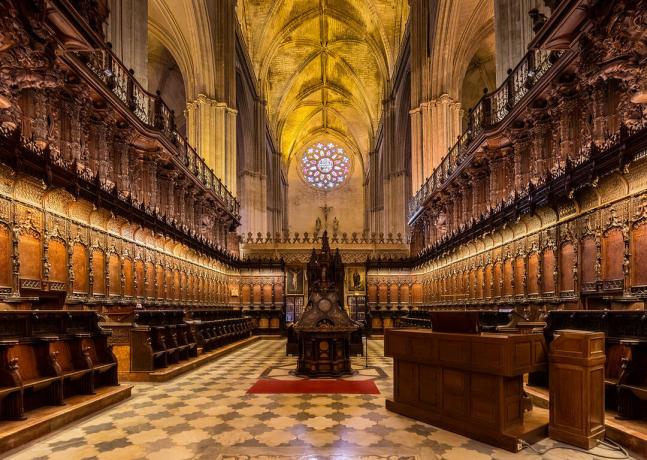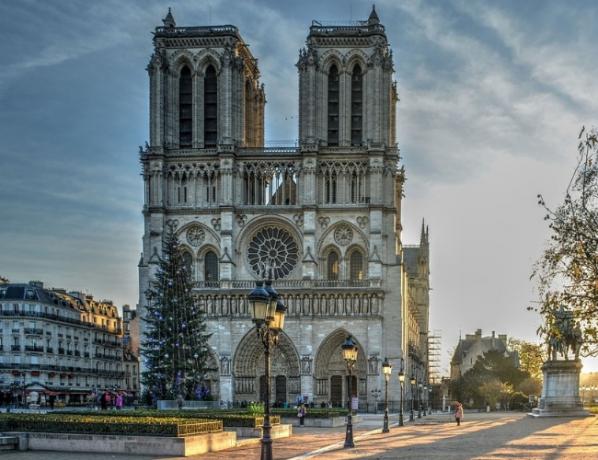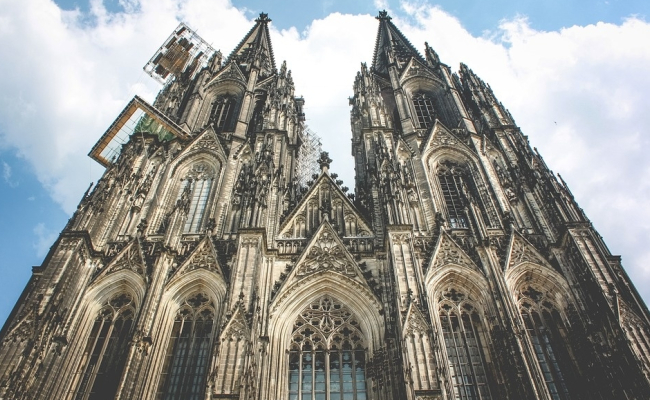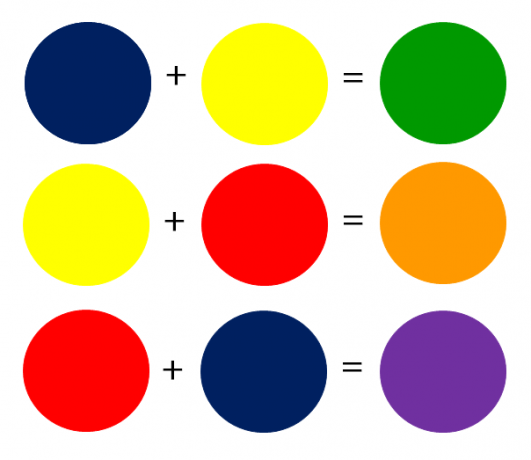Gothic art or Gothic style is the artistic style that emerged in Europe during the late Age Medium, with the presence of sculptures, stained glass and paintings, in addition to large civil constructions such as the churches.
Also known as the period of the cathedrals, the greatest mark of this style, which succeeded Romanesque art, are the illuminated, heterogeneous, vertically styled buildings to "touch the sky".
 Interior of the Cathedral of Seville, Spain.
Interior of the Cathedral of Seville, Spain.
This style was born in Western Europe in the 12th century (late Middle Ages) and lasted until the arrival of the Renaissance. The greatest number of expressions of Gothic art occurred in northern France, later spreading to western Europe.
How did gothic art come about?
Gothic art developed over a long period when European culture was undergoing profound changes that influenced art.
In the eleventh and twelfth centuries, the countryside was more productive and commerce had resurfaced. Cities and large urban centers began to recover and, in the Gothic era, a new social group emerged: the bourgeoisie.
Along these great social transformations, new civil buildings, palaces and, above all, cathedrals were built as a symbol of the new urban pride.
The 3 most important cathedrals in Gothic art
- Duomo Cathedral, Italy.

- Notre Dame Cathedral, France

- Cologne Cathedral, Germany.

The characteristics of Gothic art
Gothic art became known as the art of cathedrals. One of the most striking points of this period was the architecture of these churches, responsible for leading the style as a whole.
Some of these main features are:
- Dematerialization of walls;
- Illuminated spaces, with many openings and windows, highlighting the mystical lighting of colored stained glass;
- Buildings constructed vertically;
- Circular shaped windows;
- pointed arches;
- Ribbed vaults;
- Entrance with 3 portals, which was unusual for buildings at the time.
These characteristics are due to the fact that the monarchies were already established, being consolidated throughout almost all of Europe. Thus, TheGothic art was imagined and created for urban centers.
See also the meaning of gothic architecture and dome.
What is the difference between Gothic art and Romanesque art?
The main difference is that Romanesque art was imagined and created for the countryside and, due to the historical context, Gothic was created for urban centers.
In Romanesque art, which preceded Gothic, the walls were thicker, the places had a darker appearance and the buildings were made in a horizontal format, with massive vaults.
In Gothic art, on the other hand, the places are much brighter, mainly due to the colored stained glass, and the vaults were vertical (in this style, the "touching the sky" with the buildings predominates).
In addition, another strong feature were the gargoyles, which served to drain rainwater, but for a long time it was believed that these constructions helped to scare away evil spirits.
Several elements differentiated the two styles, such as portals, for example. In Romanesque art, there was only one door in the buildings, mainly in the churches. Gothic art brought this plurality of three or more portals in just one building.
Gothic painting
Gothic painting developed in the 13th, 19th and early 20th centuries. The greatest milestone of this style's painting was to bring to the canvases and walls of churches and more human representation, different from Romanesque art.
From the 20th century onwards, this type of painting was modified, with increasing Renaissance characteristics. The most prominent artist of this period was the Giotto Di Bondone.

See also the meaning of:
- Gothic;
- visual arts;
- art history;
- Types of Art.
✖


